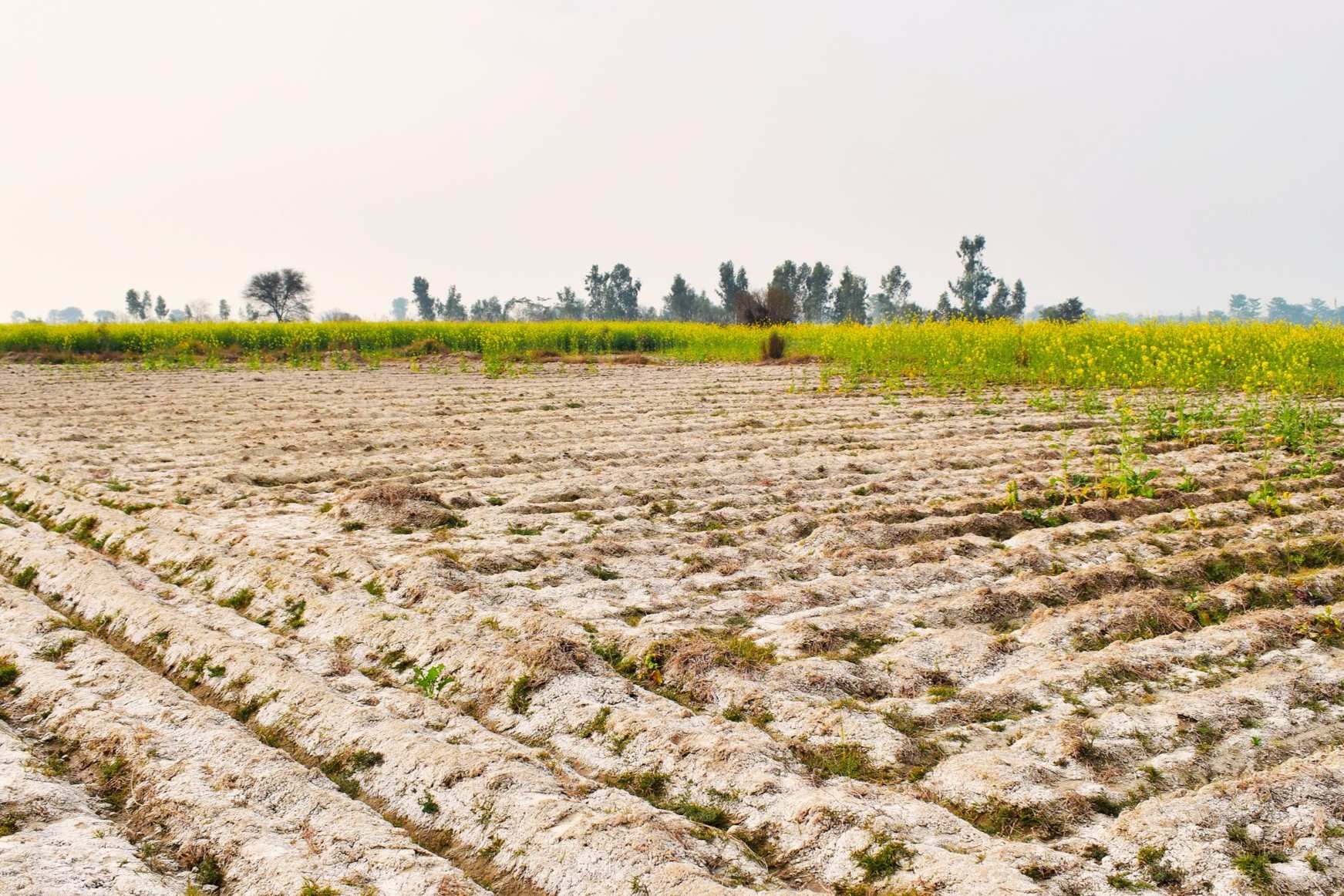
Salinization is a process where water-soluble salts accumulate in soil, making it less fertile. This phenomenon affects agriculture, water quality, and ecosystems. Why does salinization happen? It occurs due to factors like poor irrigation practices, natural soil composition, and climate change. When water evaporates, it leaves behind salts that build up over time. How does it impact us? Reduced crop yields, degraded land, and increased costs for farmers are just a few consequences. Understanding salinization is crucial for developing strategies to combat it. What can be done? Improved irrigation techniques, better soil management, and planting salt-tolerant crops can help mitigate its effects.
What is Salinization?
Salinization is the process by which water-soluble salts accumulate in the soil. This can have serious impacts on agriculture, water quality, and the environment. Let's dive into some fascinating facts about salinization.
-
Salinization often occurs in arid and semi-arid regions where evaporation rates are high, leaving salts behind in the soil.
-
Irrigation can exacerbate salinization. When water used for irrigation evaporates, it leaves behind salts that accumulate over time.
-
Salinization affects approximately 20% of the world's irrigated lands, reducing their productivity.
-
The primary salts involved in salinization are sodium chloride, calcium chloride, and magnesium sulfate.
-
Salinization can lead to soil degradation, making it difficult for plants to absorb water and nutrients.
Causes of Salinization
Understanding the causes of salinization can help in finding ways to prevent or mitigate its effects.
-
Poor drainage systems can cause water to stagnate, leading to increased evaporation and salt accumulation.
-
Over-irrigation can raise the water table, bringing salts from deeper layers to the surface.
-
Use of saline water for irrigation is a direct cause of salinization.
-
Deforestation can reduce the soil's ability to absorb water, increasing the risk of salinization.
-
Climate change, with its impact on rainfall patterns and temperatures, can exacerbate salinization.
Effects of Salinization
The effects of salinization are far-reaching, impacting not just agriculture but also ecosystems and human health.
-
Salinization reduces crop yields, affecting food security.
-
It can lead to the loss of biodiversity as plants and animals struggle to survive in saline conditions.
-
Salinized water sources can become unsuitable for drinking, posing health risks.
-
Infrastructure like roads and buildings can be damaged by salt accumulation.
-
Salinization can lead to economic losses for farmers and communities dependent on agriculture.
Prevention and Mitigation
While salinization is a serious issue, there are ways to prevent and mitigate its effects.
-
Improved irrigation techniques, such as drip irrigation, can reduce water usage and minimize salinization.
-
Planting salt-tolerant crops can help maintain agricultural productivity in saline soils.
-
Proper drainage systems can prevent waterlogging and reduce the risk of salinization.
-
Using gypsum can help displace sodium ions in the soil, reducing salinity.
-
Monitoring soil and water salinity levels can help in early detection and management of salinization.
Interesting Facts
Here are some lesser-known but intriguing facts about salinization.
-
Ancient civilizations like Mesopotamia faced salinization issues due to their irrigation practices.
-
Some plants, known as halophytes, thrive in saline conditions and can be used to rehabilitate salinized soils.
-
Salinization can create unique ecosystems, such as salt marshes, which support diverse wildlife.
-
The Dead Sea is an example of extreme natural salinization, with salt concentrations so high that it supports very little life.
-
Salinization is not just a modern problem; it has been affecting human societies for thousands of years.
Global Impact
Salinization is a global issue, affecting countries and regions around the world.
-
In Australia, salinization affects over 2 million hectares of land, posing a significant challenge to agriculture.
-
The Indus Basin in Pakistan faces severe salinization, impacting the livelihoods of millions of farmers.
-
In the United States, the San Joaquin Valley in California is a hotspot for salinization due to extensive irrigation.
-
Central Asia's Aral Sea basin has experienced severe salinization, leading to environmental and economic crises.
-
Efforts to combat salinization are ongoing worldwide, with research and technology playing key roles in finding sustainable solutions.
The Impact of Salinization
Salinization is a serious issue affecting agriculture, water resources, and ecosystems. It happens when salt accumulates in soil and water, often due to irrigation practices, poor drainage, or natural processes. This can lead to reduced crop yields, degraded land, and contaminated water supplies. Farmers struggle with lower productivity, and communities face water scarcity.
Understanding the causes and effects of salinization helps in developing strategies to combat it. Techniques like improved irrigation methods, better drainage systems, and planting salt-tolerant crops can mitigate its impact. Governments and organizations must work together to implement these solutions and raise awareness about the problem.
By addressing salinization, we can protect our environment, ensure food security, and maintain healthy water resources for future generations. It’s a challenge that requires collective effort, but with the right approach, we can make a significant difference.
Was this page helpful?
Our commitment to delivering trustworthy and engaging content is at the heart of what we do. Each fact on our site is contributed by real users like you, bringing a wealth of diverse insights and information. To ensure the highest standards of accuracy and reliability, our dedicated editors meticulously review each submission. This process guarantees that the facts we share are not only fascinating but also credible. Trust in our commitment to quality and authenticity as you explore and learn with us.
